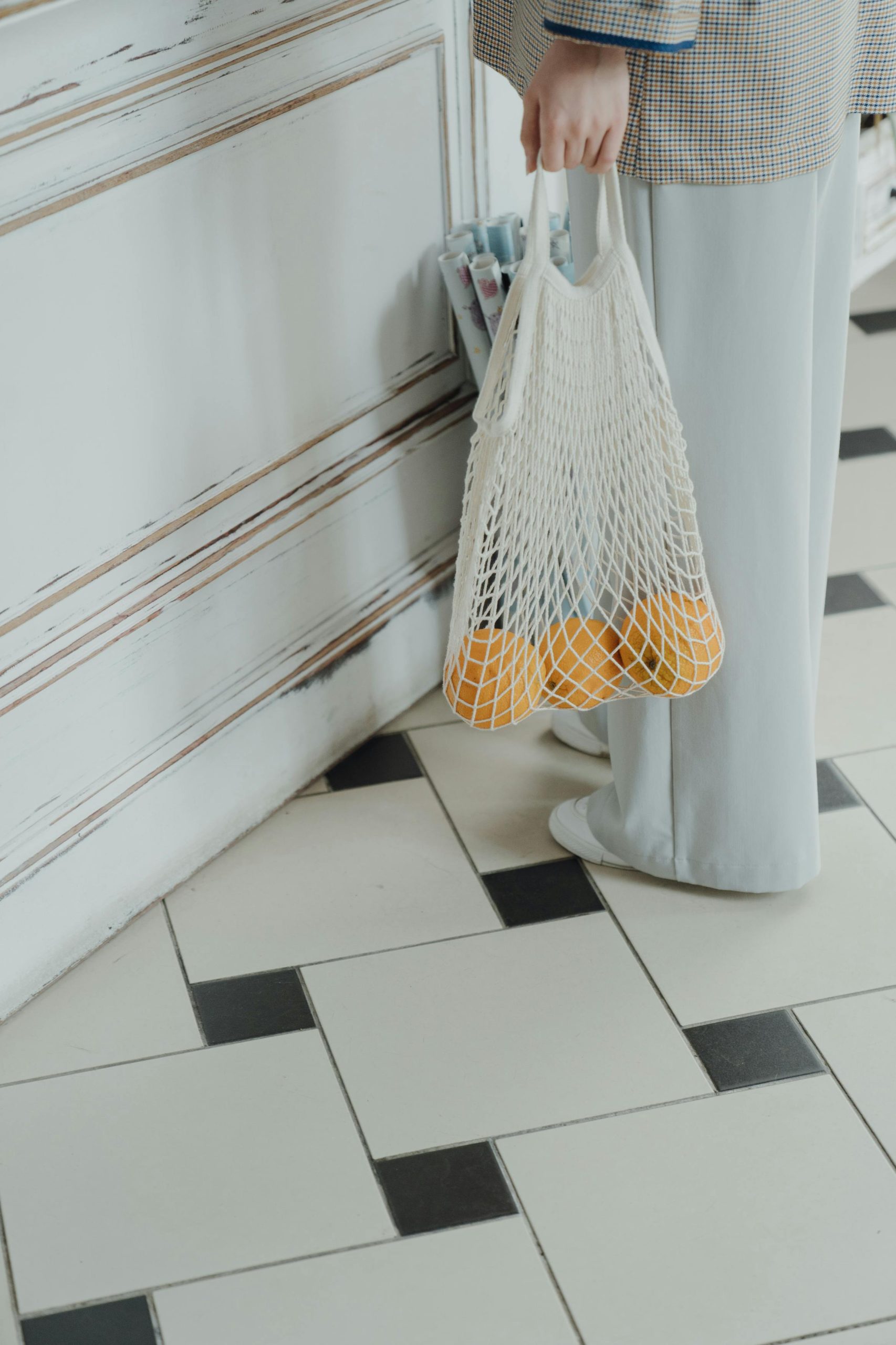In today’s fast-paced world, fashion trends come and go, but the environmental impact of our clothing choices lingers. The fashion industry is one of the largest polluters globally, contributing to water waste, carbon emissions, and landfill overflow. But the good news? You don’t need a complete wardrobe overhaul to make a difference. Small, intentional changes can lead to a more sustainable lifestyle without sacrificing style. Here’s how you can transform your everyday wardrobe with easy, eco-friendly choices.
1. Embrace Secondhand and Vintage Shopping
One of the simplest ways to reduce your fashion footprint is by shopping secondhand. Thrift stores, consignment shops, and online platforms like Depop or Poshmark offer a treasure trove of unique, pre-loved pieces. Not only does buying secondhand keep clothing out of landfills, but it also reduces the demand for new production, which often involves harmful environmental practices.
Why Secondhand Matters
Every garment has a lifecycle, and extending it by even a few years can significantly cut down on waste. Vintage shopping also allows you to discover one-of-a-kind items that stand out from mass-produced fast fashion.
Tips for Successful Thrifting
- Shop with an open mind: Be patient and willing to dig—hidden gems often require a little effort.
- Check for quality: Look for durable fabrics and well-constructed seams to ensure longevity.
- Support local thrift stores: Small businesses often give back to the community.
2. Invest in Timeless, High-Quality Pieces
Fast fashion tempts us with cheap, trendy items, but these often wear out quickly and end up in the trash. Instead, focus on building a capsule wardrobe with versatile, high-quality pieces that last for years.
The Power of a Capsule Wardrobe
A capsule wardrobe consists of a limited number of interchangeable items that you love and wear often. This approach minimizes waste, saves money in the long run, and simplifies your daily routine.
Key Pieces to Invest In
- A well-fitted pair of jeans
- A classic white shirt
- A tailored blazer
- Comfortable, durable shoes
3. Choose Sustainable Fabrics
The materials in your clothing play a huge role in sustainability. Synthetic fabrics like polyester shed microplastics and take centuries to decompose. Opting for natural, biodegradable, or recycled fabrics can make a big difference.
Eco-Friendly Fabric Options
- Organic cotton: Grown without harmful pesticides, using less water than conventional cotton.
- Linen: Made from flax, it’s durable, breathable, and fully biodegradable.
- Tencel (Lyocell): A silky, sustainable fabric made from wood pulp.
- Recycled polyester: Gives a second life to plastic waste.
What to Avoid
Steer clear of fabrics like conventional cotton (high water usage), polyester (microplastic pollution), and rayon (often linked to deforestation).
4. Care for Your Clothes Mindfully
How you wash and store your clothes affects their lifespan and environmental impact. Simple changes in laundry habits can extend the life of your garments and reduce energy and water consumption.
Sustainable Laundry Tips
- Wash less frequently: Spot-clean when possible and air out clothes between wears.
- Use cold water: It saves energy and prevents shrinking or fading.
- Skip the dryer: Line-drying reduces energy use and is gentler on fabrics.
- Choose eco-friendly detergents: Look for biodegradable, phosphate-free options.
Repair and Upcycle
Instead of tossing damaged items, learn basic sewing skills to mend holes or replace buttons. Get creative by upcycling old clothes into new styles—turn jeans into shorts or a dress into a top.
5. Support Ethical and Sustainable Brands
When buying new, research brands that prioritize sustainability and ethical labor practices. Many companies now focus on transparency, fair wages, and eco-friendly production methods.
What to Look For in a Brand
- Certifications: Look for Fair Trade, GOTS (Global Organic Textile Standard), or B Corp labels.
- Transparency: Brands should disclose their supply chain and labor conditions.
- Circular initiatives: Some brands offer take-back programs or recycling incentives.
A Few Sustainable Brands to Explore
- Patagonia (outdoor wear with a strong environmental mission)
- Reformation (stylish, eco-conscious clothing)
- Eileen Fisher (timeless designs with sustainable fabrics)
Sustainable fashion isn’t about perfection—it’s about progress. By making small, intentional choices, you can reduce your environmental impact while still enjoying a stylish wardrobe. Whether it’s shopping secondhand, investing in quality, or supporting ethical brands, every step counts. Start with one change today, and soon, sustainable fashion will become second nature.


